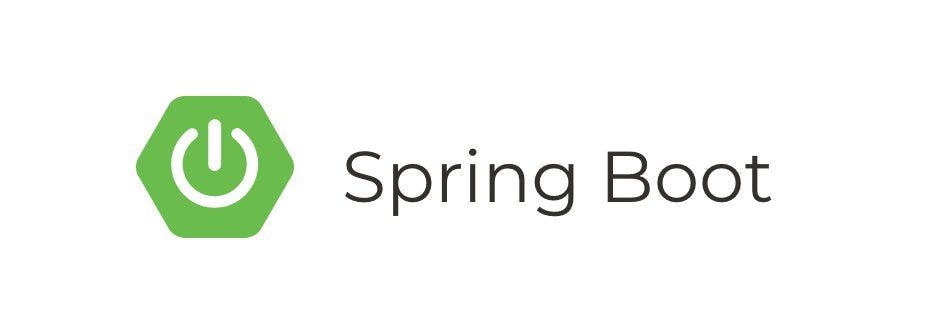Introduction
Apache Camel is a powerful open-source integration framework that simplifies the integration of different systems and technologies. In this tutorial, we’ll explore how to use Apache Camel with Spring Boot to build integration solutions. We’ll cover the basics of Apache Camel, how to set up Apache Camel with Spring Boot, and provide examples of common integration patterns.
Prerequisites
- Java Development Kit (JDK) installed on your machine
- Maven installed to manage dependencies
- Basic understanding of Spring Boot
Step 1: Create a Spring Boot Project
Start by creating a new Spring Boot project using Spring Initializr (https://start.spring.io/) or your preferred IDE. Include the following dependencies:
- Spring Web
- Apache Camel Spring Boot Starter
Step 2: Define Camel Routes
Apache Camel routes define the flow of messages between different endpoints. Create a new Java class to define your Camel routes:
In this example, we define a route that triggers every 5 seconds, sets the message body to “Hello, Camel!”, and logs the message.
Step 3: Run the Application
Run your Spring Boot application. Apache Camel will automatically detect and start the defined routes.
Step 4: Test the Route
Check the logs of your application. You should see “Hello, Camel!” printed every 5 seconds, indicating that the Camel route is running successfully.
Step 5: Implement Integration Patterns
Apache Camel supports a wide range of integration patterns out of the box. Let’s implement a simple file-based integration using the File component. Update your Camel route as follows:
In this example, files placed in the input directory will be moved to the output directory.
Step 6: Run and Test the File Integration
Create an input directory in the root of your project. Place some files in the input directory. Run your Spring Boot application and observe that the files are moved from the input directory to the output directory.
Step 7: Explore Additional Components and Patterns
Apache Camel provides a wide range of components and patterns to integrate with various systems and technologies. Explore the Camel documentation (https://camel.apache.org/components/latest/) to learn more about available components and patterns.
More Examples
Example 1: REST Endpoint Integration
In this example, we’ll create a Camel route that exposes a REST endpoint using Spring Boot’s @RestController and processes incoming requests.
This route exposes a GET endpoint /api/hello and returns a constant message.
Example 2: Database Integration
Let’s create a Camel route that reads data from a database using Spring Data JPA and processes it.
This route uses a timer to trigger every 5 seconds and fetches data from the database using a custom Spring Data JPA repository (MyRepository).
Example 3: File Transfer with Transformation
Let’s create a Camel route that reads CSV files from one directory, transforms the data, and writes it to another directory.
This route reads CSV files from the input directory, splits the lines, transforms each line by converting the second field to uppercase, and writes the transformed data to the output directory.
Example 4: Kafka Integration
Let’s create a Camel route that consumes messages from a Kafka topic and processes them.
This route consumes messages from the Kafka topic my-topic and logs them.
Conclusion
In this tutorial, you’ve learned how to integrate Apache Camel with Spring Boot to build integration solutions. You’ve seen how to define Camel routes, run them in a Spring Boot application, and implement common integration patterns. Apache Camel’s flexibility and extensive support for integration patterns make it a powerful tool for building robust integration solutions.






